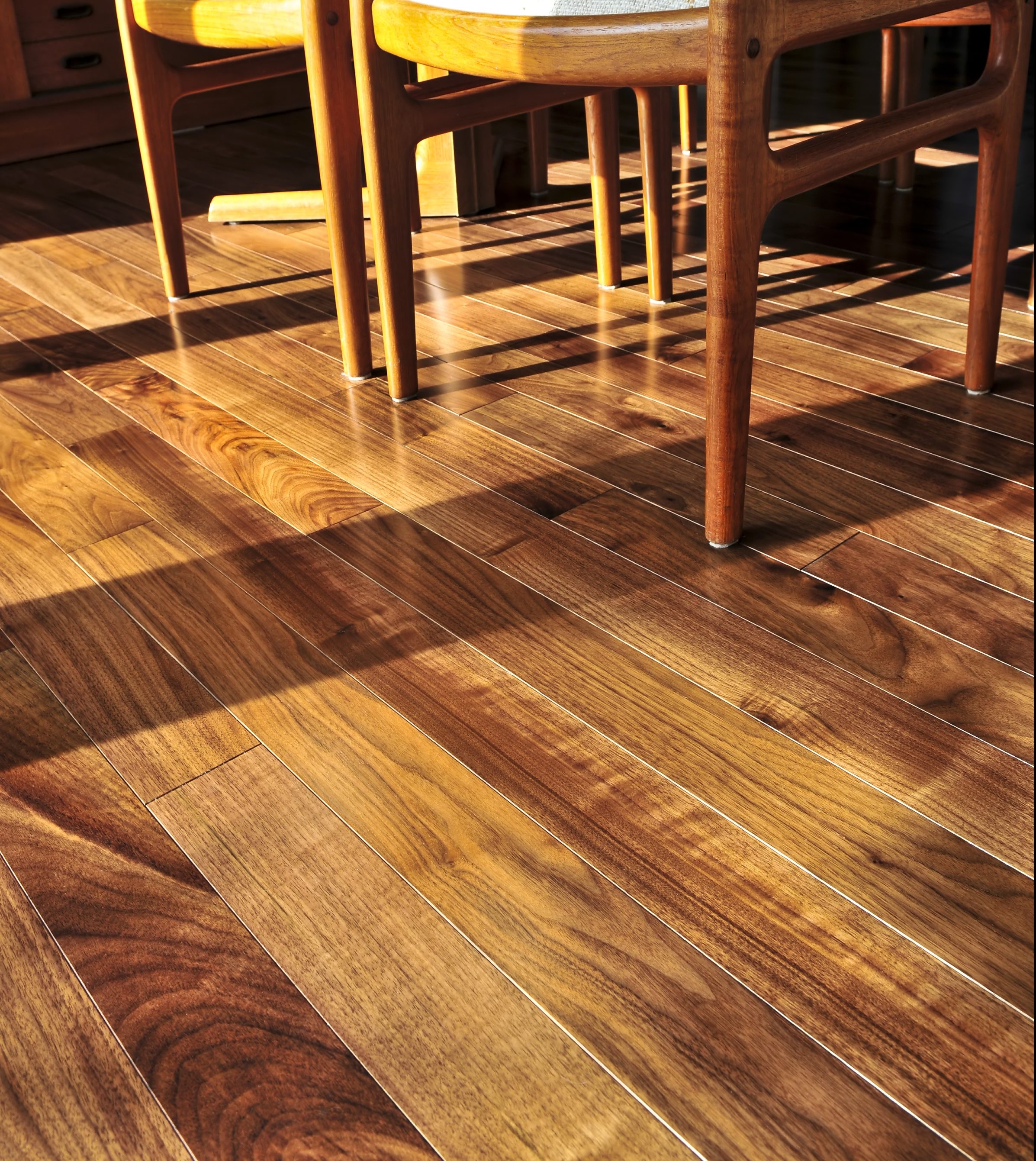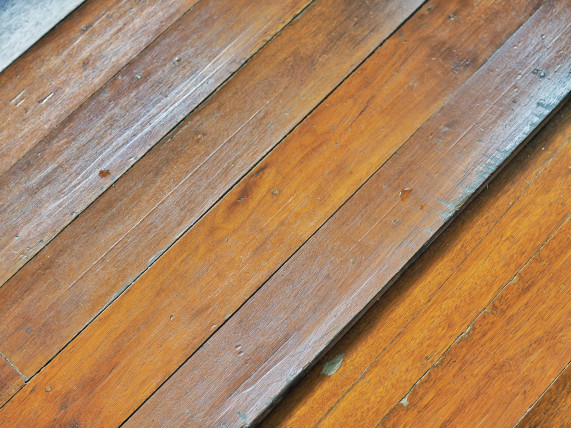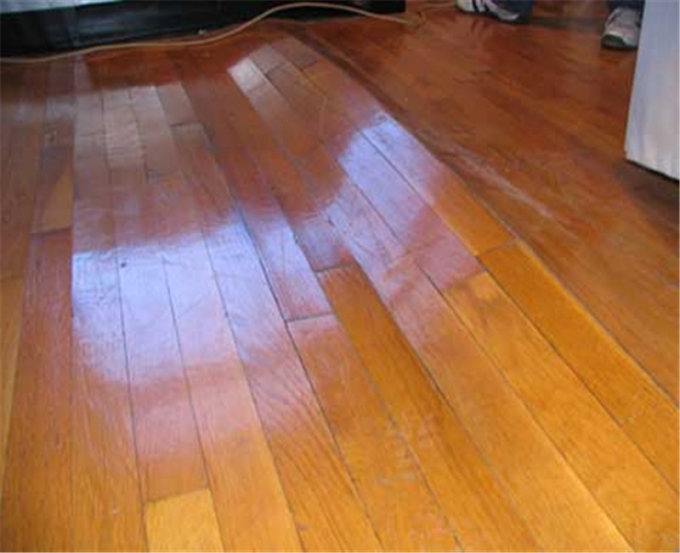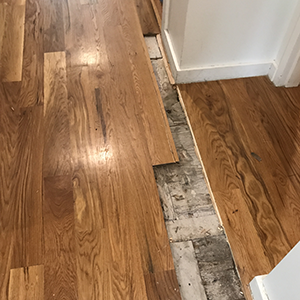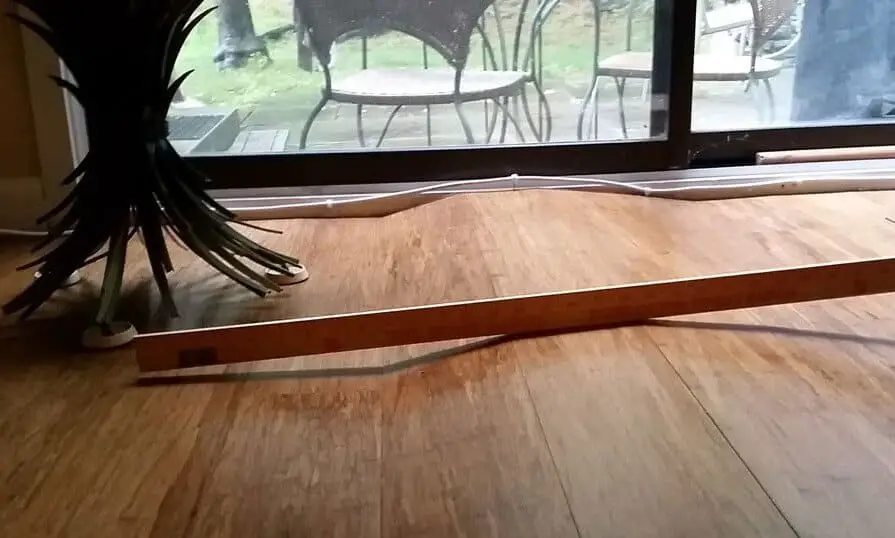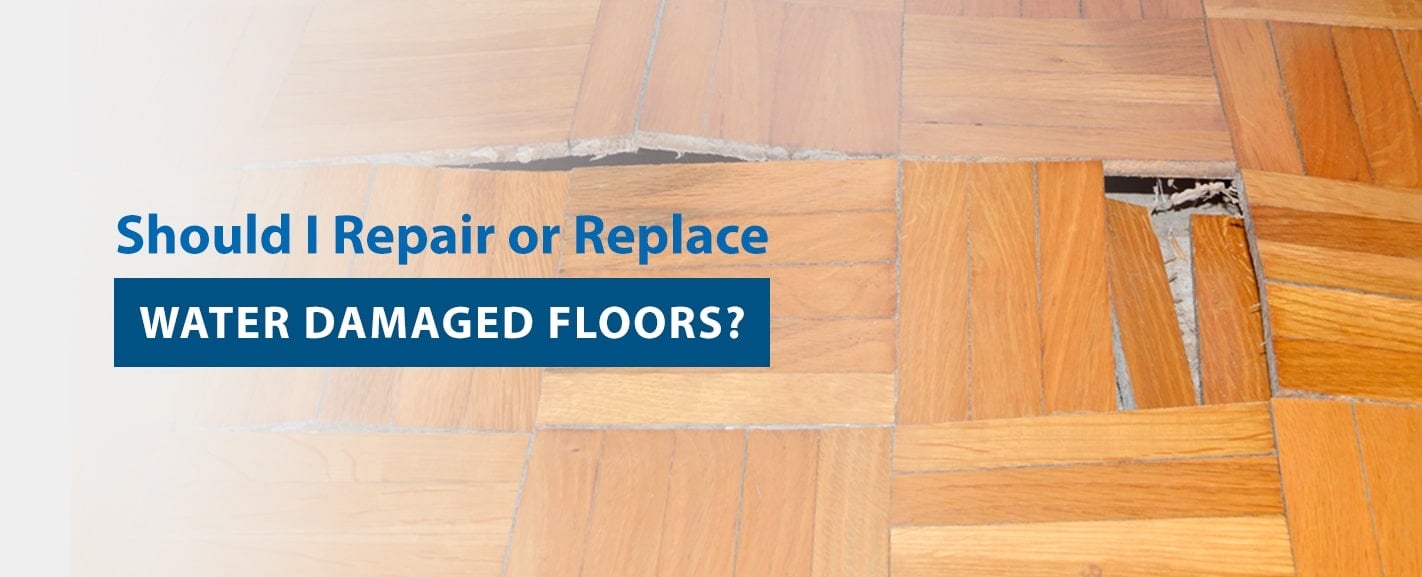Because laminate is installed using a tongue in groove click to lock system this expansion can push the sides of each plank into each other causing them to buckle.
Does humidity make a floor buckle.
Preventing buckling is relatively simple if addressed during the floor s installation.
This can occur when the surface of the floor encounters moisture.
When this happens the top edges of the board are sanded off and are therefore lower than the rest of the board when returning to a normal moisture content.
Low humidity levels can also have an impact on your flooring.
However if the laminate flooring is not installed properly or is exposed to moisture it may buckle.
The wood floor expanding can also lead.
This is one of the most extreme cases of damage from rh but it does happen.
Clearly sub floor moisture levels and hardwood moisture levels should be taken into consideration before installation in order to prevent possible buckling.
When you walk on buckled flooring it feels slightly bouncy.
If spilled water sits atop the flooring for too long or if moisture seeps into the wood from the subfloor.
Moisture is the downfall of many hardwood floors.
Buckling is one of the most extreme.
Because the wood needs to accommodate this excess moisture it moves upward and the expansion causes it to buckle.
For example if a toilet overflows and the water reaches the hardwood hallway the hardwood planks swell with moisture.
If issues like that can come simply from airborne moisture you can imagine how much worse buckling can become if flooding whether from pipe leaks weather or other causes takes place.
This bounce is the gap between the subfloor and wooden flooring.
When wood floors buckle they expand past the room they have and buckle upwards.
Hardwood floors will buckle if they are subjected to excess water.








